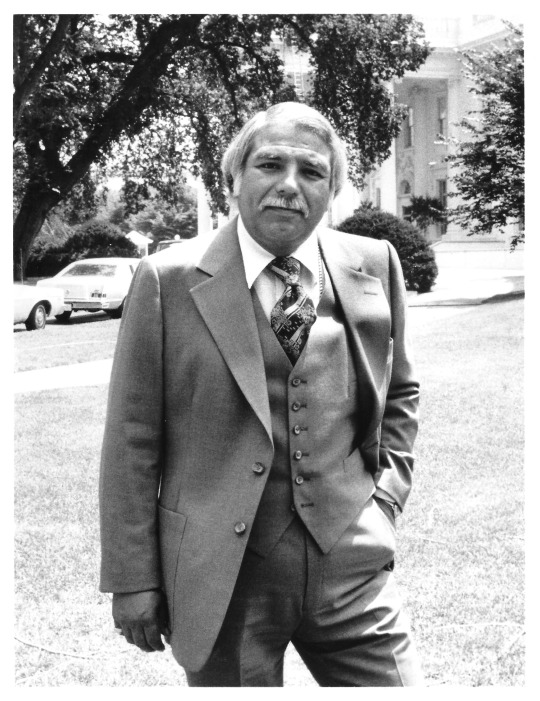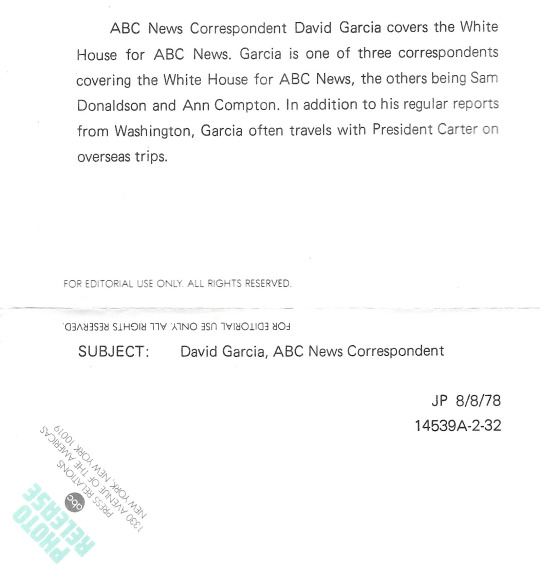Photo


Have you seen this man? The one who isn’t Hawaii Five-O’s James MacArthur, that is?
His name’s Arte McCollough, and after finding my YouTube channel last month he contacted me because, aside from appearing in eight episodes of Five-O from 1971 to ’76 while also working for the Honolulu Police Department, he had “the lead role in a United Airlines TV commercial here in Hawaii that played for over a year” in the mid-’70s.
He added that the Sunday Manoa’s 1972 song “Honolulu, I Am Coming Back Again” was featured in the United ad, “a story about flying from San Francisco to Honolulu and the dreams I had while flying; scenes at the beach, parks, etc., with a wife and child; [and] arriving in Honolulu meeting them.” Arte would love to be able to show the ad to his extended family, including many grandchildren and great-grandchildren who never got the chance to see it on TV.
If you’ve seen this commercial, which may have been produced by Phil Arnone in cooperation with Honolulu’s KGMB Channel 9, and have a copy, please email me at [email protected].
#tv#hawaii five-o#james macarthur#arte mccollough#united airlines#tv commercials#honolulu#phil arnone#kgmb#1970s
2 notes
·
View notes
Photo
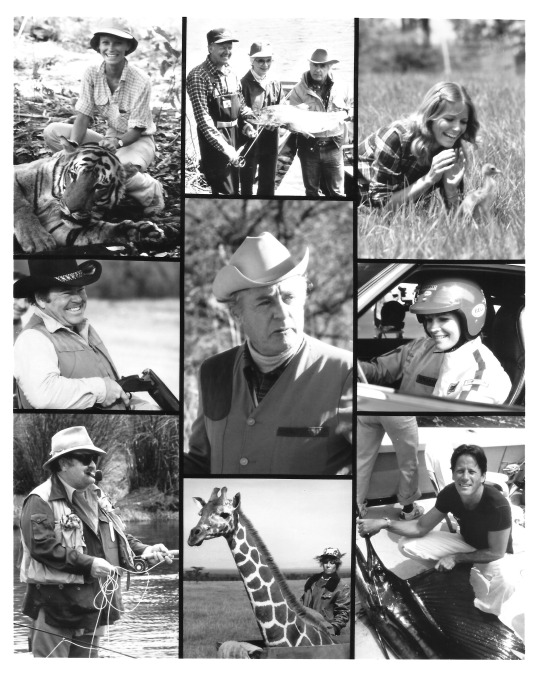

#tv#sports#abc#curt gowdy#jimmy carter#rosalynn carter#cheryl tiegs#candice bergen#peter strauss#stefanie powers#william conrad#roy clark#shelley hack#1980s
1 note
·
View note
Photo
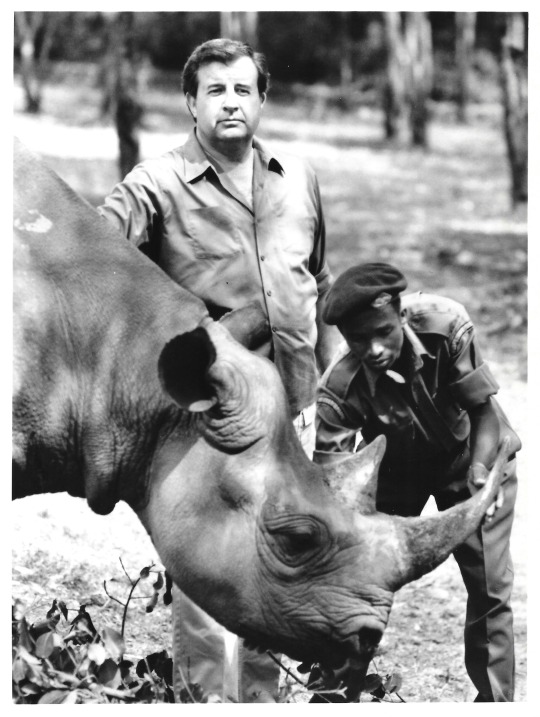

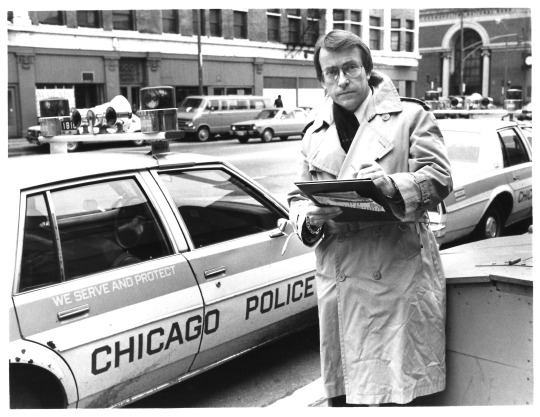
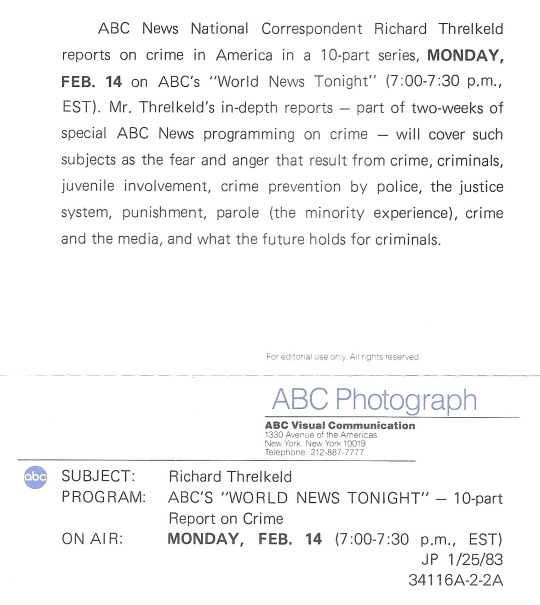
1 note
·
View note
Photo

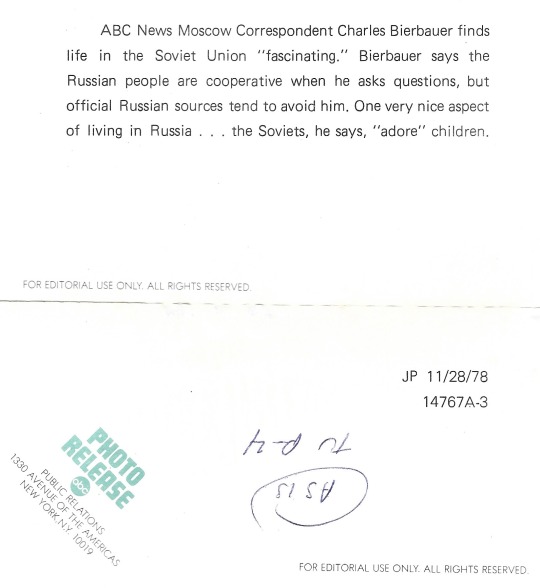
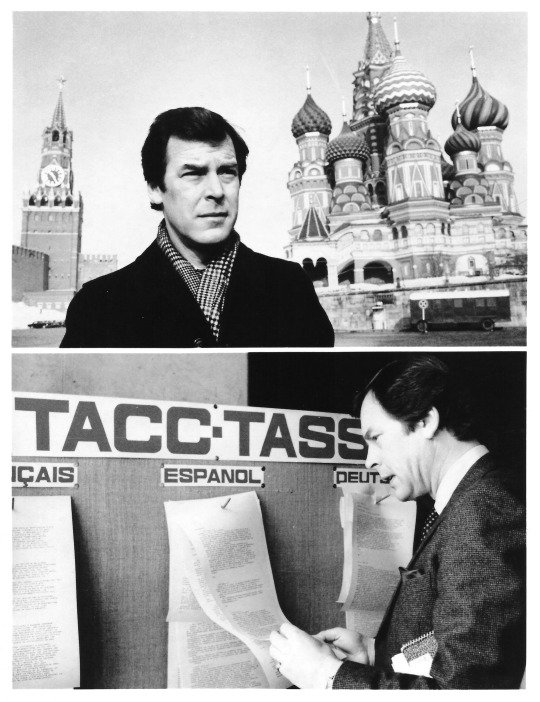
Charles Bierbauer (top) was ABC News’s correspondent in Moscow from 1978 to ’80. Peter Jennings (bottom) anchored ABC’s World News Tonight from the Soviet capital for a full week in February of ’86.
0 notes
Photo
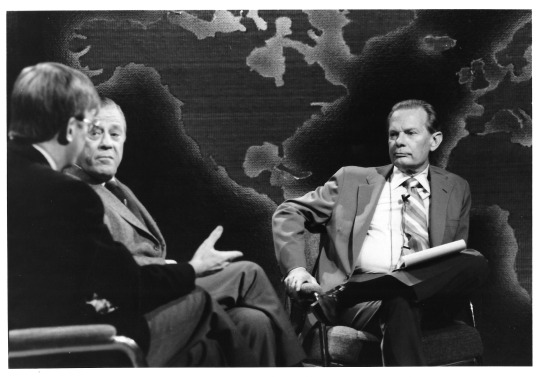
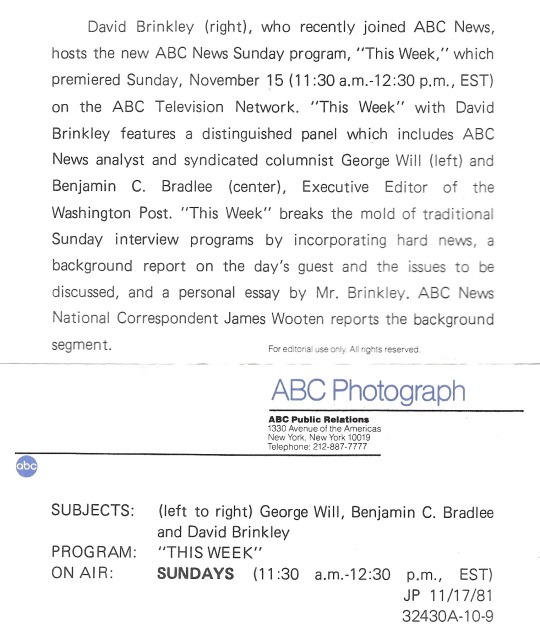
David Brinkley hosted This Week from 1981 to ’96. Now in its 41st year on ABC, the Sunday-morning news program is hosted by George Stephanopoulos, Martha Raddatz, and Jonathan Karl.
0 notes
Photo


The Last Word didn’t last long: ABC canceled the news program in April of ’83, just six months after it debuted. One on One, also hosted by Gregory Jackson, replaced The Last Word in the network’s late-night lineup; it was canceled three months later.
0 notes
Photo
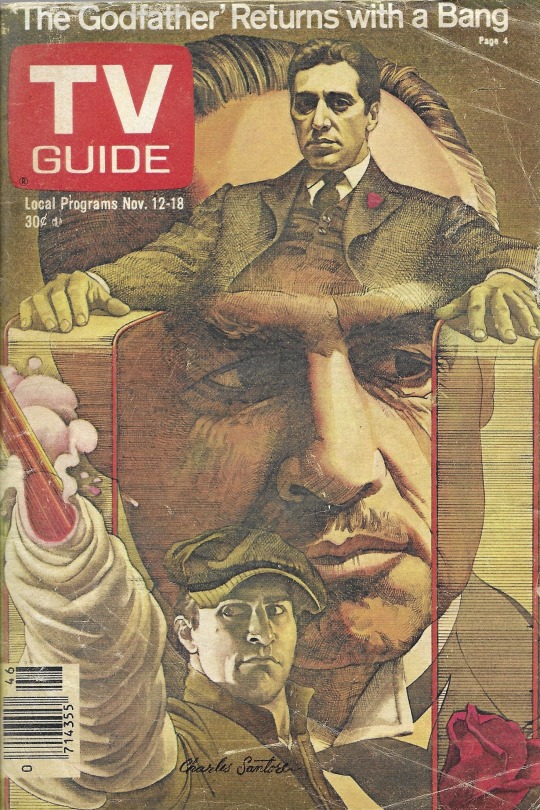
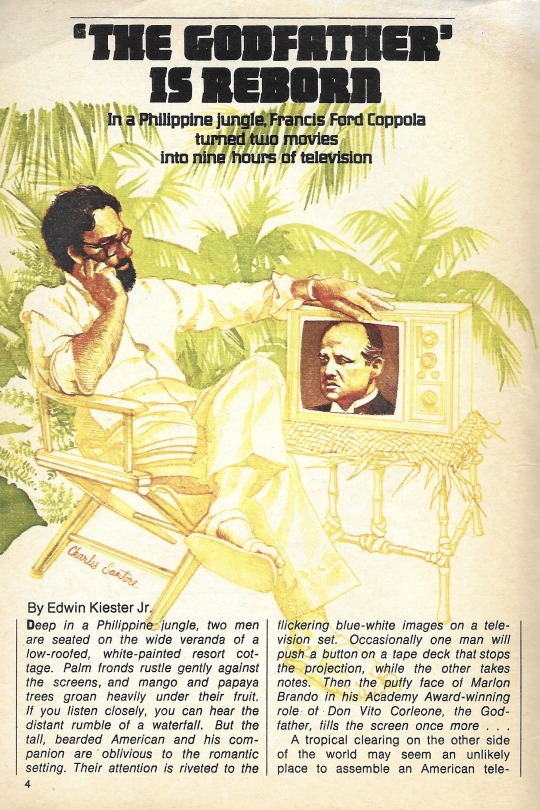

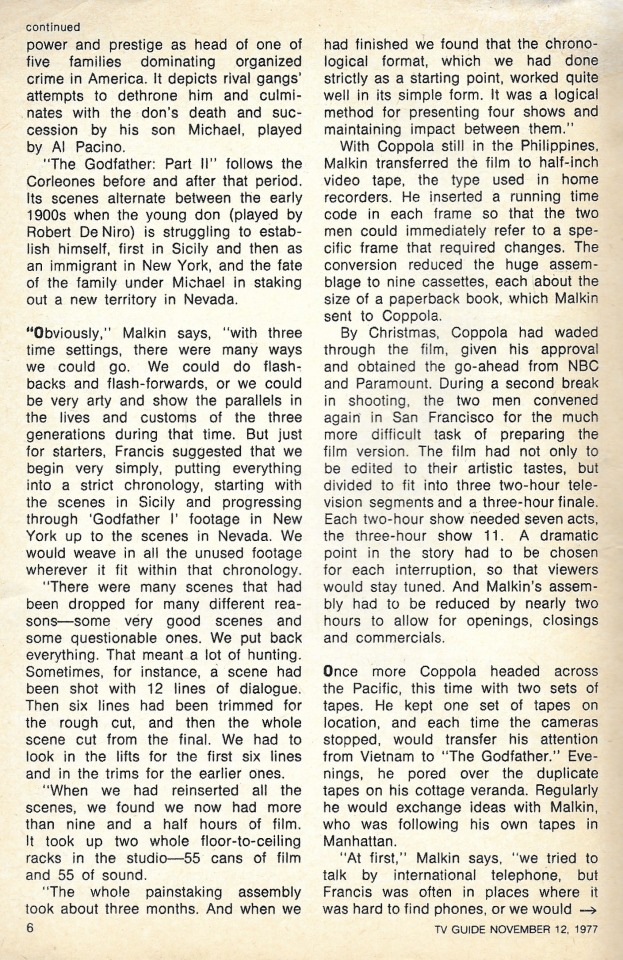
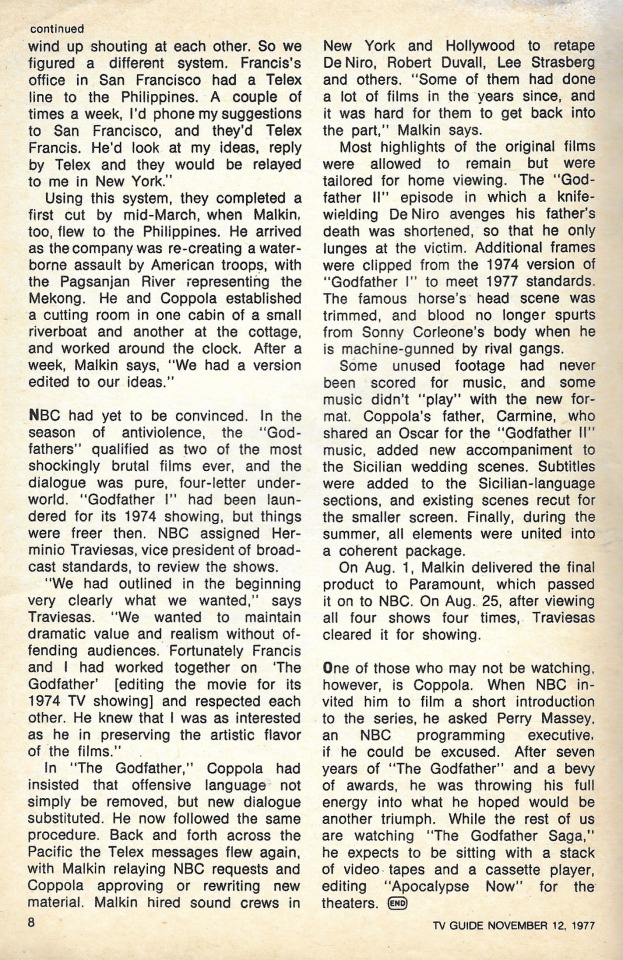
The limited series The Offer, currently streaming on Paramount+, recounts the making of director Francis Ford Coppola’s 1972 Academy Award winner for Best Picture, The Godfather, as seen through the eyes of producer Albert S. Ruddy. In the fall of ’77 NBC broadcast The Godfather and its 1974 sequel, The Godfather Part II, which also won Best Picture — both films were adapted from Mario Puzo’s 1969 novel — as a limited series, although in those days “miniseries” was the preferred term: The Godfather: The Complete Novel for Television spanned nine hours (including commercials, of course) over the course of four nights and included scenes that hadn’t made it into the films’ theatrical cuts.
“Francis suggested that we begin very simply, putting everything into a strict chronology, starting with the scenes in Sicily and progressing through ‘Godfather I’ footage in New York up to the scenes in Nevada. We would weave in all the unused footage wherever it fit within that chronology,” said editor Barry Malkin, who’d previously edited The Godfather Part II with Richard Marks and Peter Zinner, in TV Guide’s November 12-18, 1977, cover story.
“The whole painstaking assembly took about three months. And when we had finished we found that the chronological format, which we had done strictly as a starting point, worked quite well in its simple form. It was a logical method for presenting four shows and maintaining impact between them.”
Coppola oversaw Malkin’s edit while filming Apocalypse Now (1979) in the Philippines. Malkin, along with Lisa Fruchtman and Walter Murch, later edited Coppola’s The Godfather Part III (1990) and, with Murch, The Godfather Trilogy: 1901-1980, a 1992 home-video release that combined all three films and previously unseen footage into a nine-hours-and-43-minutes viewing experience.
#tv#miniseries#limited series#film#nbc#1970s#the godfather#the godfather part ii#francis ford coppola#barry malkin#the offer#albert s. ruddy#paramount+#tv guide
36 notes
·
View notes
Photo

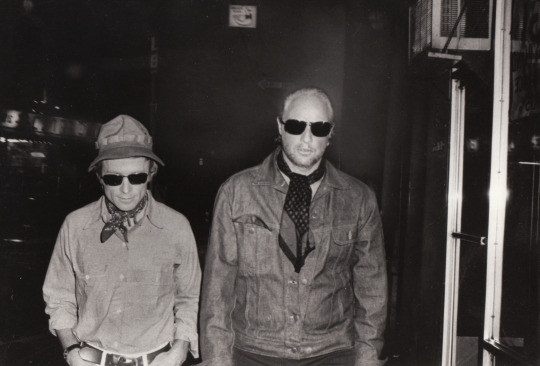

Oscar-winning actor Marlon Brando dodged questions on The Dick Cavett Show on June 12, 1973. If only paparazzo Ron Galella’s jaw had been as evasive with Brando’s fist after the taping, Galella might not have felt the need to wear a football helmet during future encounters.
4 notes
·
View notes
Photo
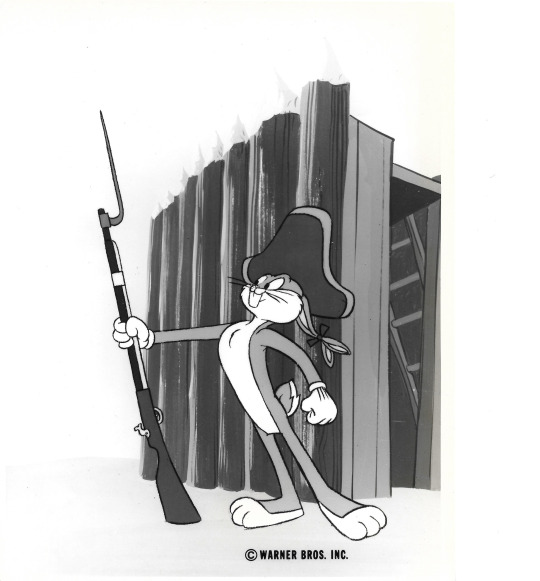
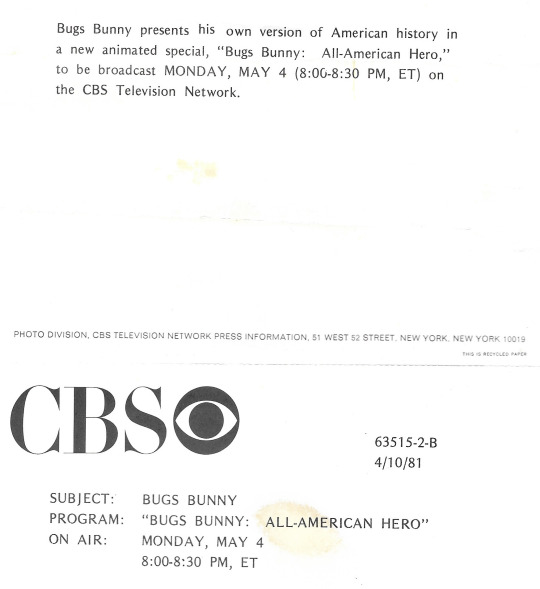
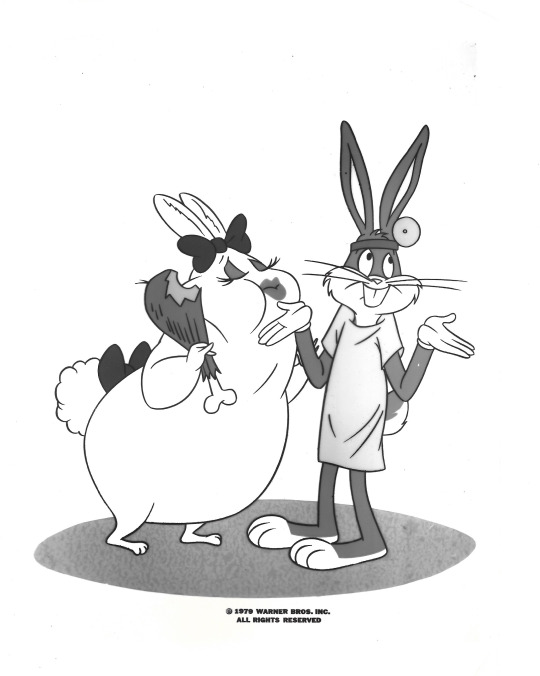

Nearly 40 years before the January 6 Capitol riot, Bugs Bunny concocted “his own version of American history” in Bugs Bunny: All-American Hero, while in The Bugs Bunny Thanksgiving Diet (original air date: November 15, 1979) he was ahead of the curve when it came to overprescribing quack cures for weight loss (Daffy Duck must’ve been furious). Ain’t he a stinker?
4 notes
·
View notes
Photo

On Tuesday, September 13, 1977, ABC opened the fifth season of Happy Days, the top-rated show of the ’76-’77 season, with two episodes of a three-parter set in Hollywood. The following week it aired the concluding episode, in which Fonzie (Henry Winkler), the sitcom’s breakout character, jumps over a tiger shark on water skis.
Twenty years later Jon Hein, a University of Michigan alumnus, created Jump the Shark, a website where TV fanatics could debate the “defining moment when you know that your favorite television program has reached its peak. That instant that you know from now on ... it's all downhill.”
Despite Fonzie literally jumping the shark and Happy Days figuratively jumping one of its own, the series remained in production for 164 additional episodes, definitively proving that ignorance is bliss. Those were the days ...
(image source: the September 10-16, 1977, Chicago edition of TV Guide)
4 notes
·
View notes
Photo
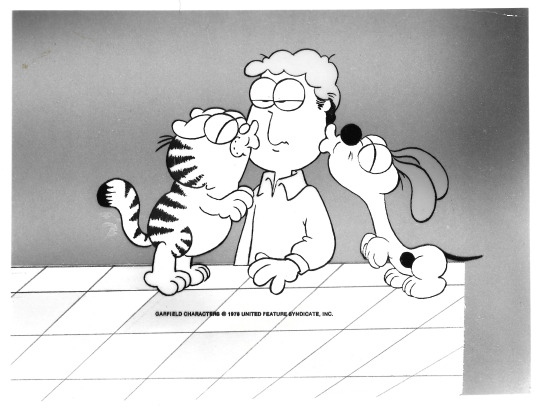



Here Comes Garfield, originally broadcast on October 25, 1982, was the first of 12 animated specials CBS aired over the next nine years featuring cartoonist Jim Davis’s lasagna-loving feline. Four of those specials won the Primetime Emmy Award for Outstanding Animated Program, including 1983’s Garfield on the Town, and in 1988 Garfield and Friends began a seven-year run as part of CBS’s Saturday-morning lineup.
Davis’s creation has had nine lives and then some: Garfield celebrated 43 years as a nationally syndicated comic strip earlier this year (from January ’76 to August ’77, its first life was spent as Jon, published exclusively in The Pendleton Times in Pendleton, Indiana).
0 notes
Photo
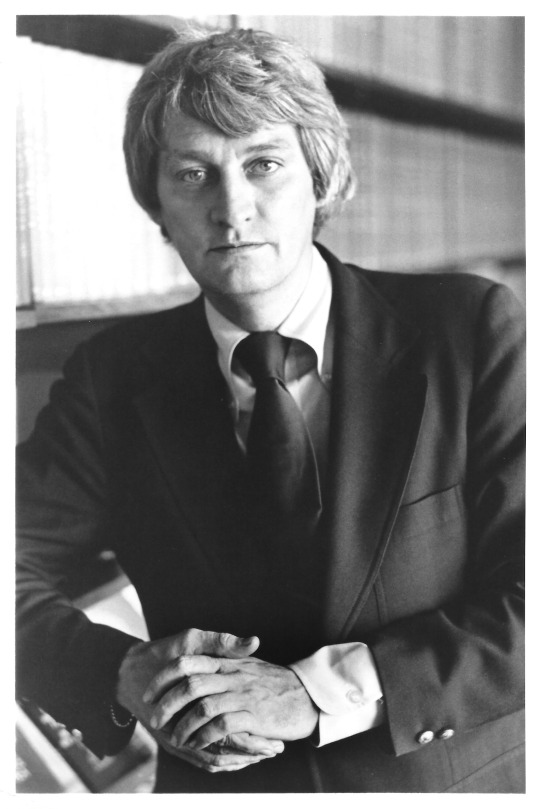
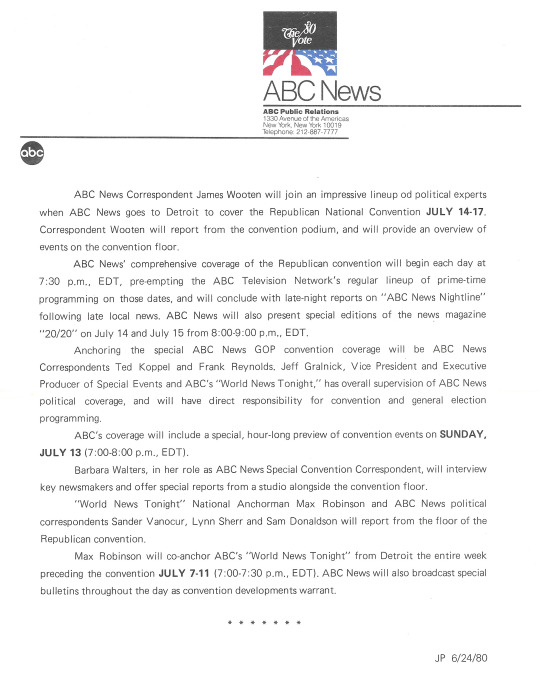

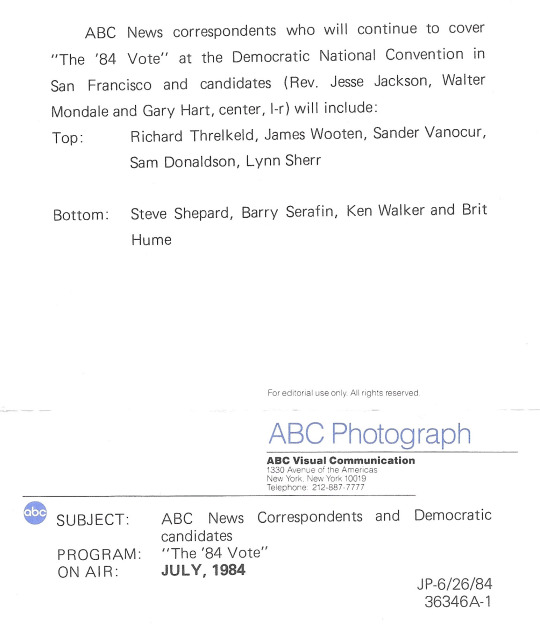
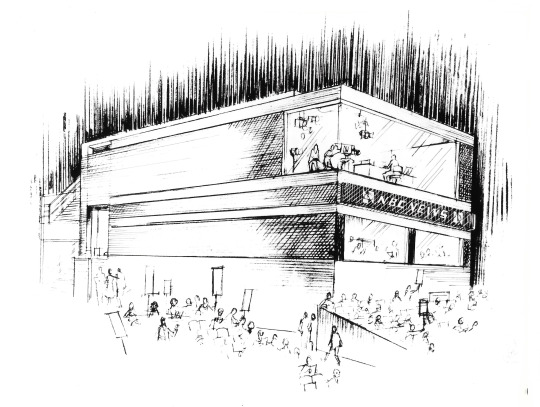
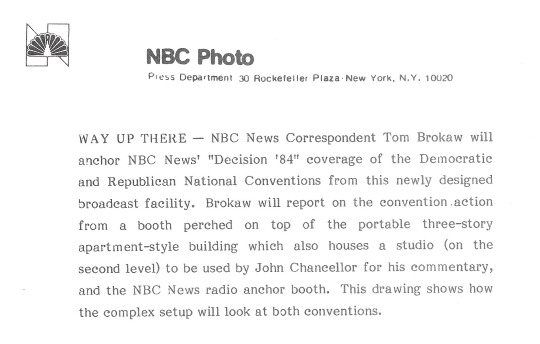

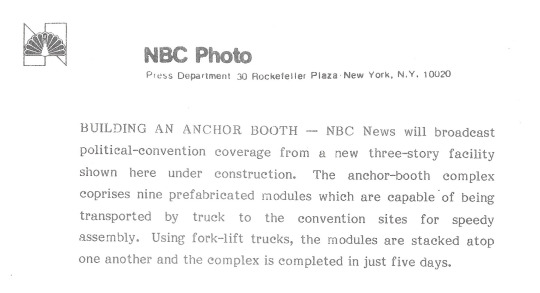
#tv#tv news#abc#nbc#presidential elections#james wooten#richard threlkeld#sander vanocur#sam donaldson#lynn sherr#steve shepard#barry serafin#kenneth walker#brit hume#jesse jackson#walter mondale#gary hart#1980s
0 notes
Photo
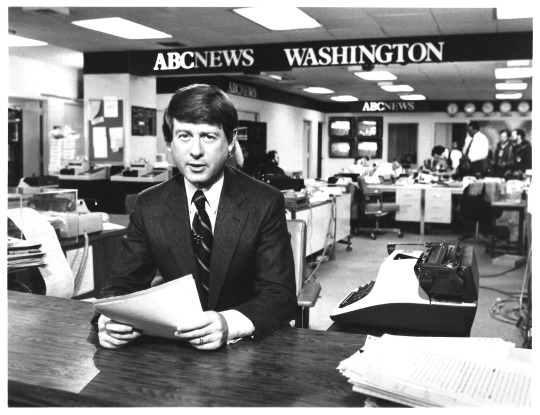

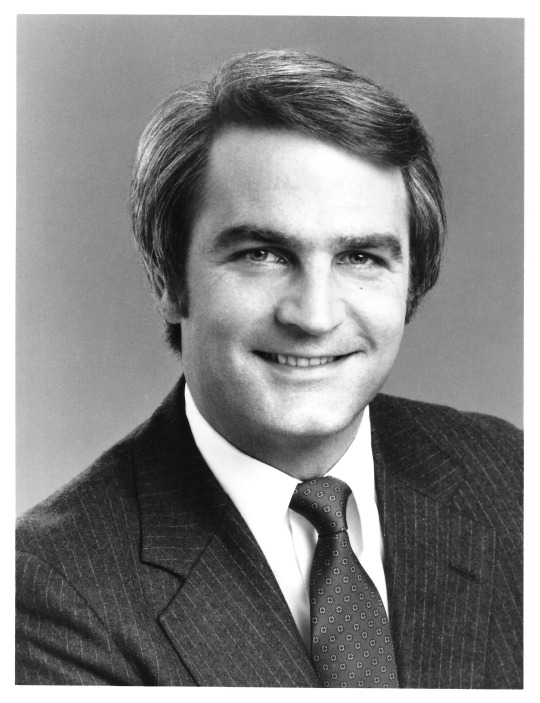
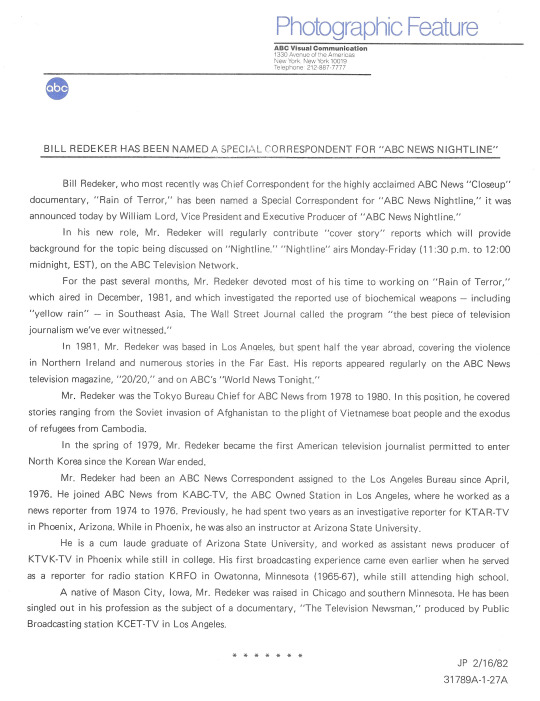
Anchored by Ted Koppel from its premiere in March 1980 until his retirement from ABC News 25 years later, Nightline was originally a 20-minute newscast and an extension of 1979’s The Iran Crisis: America Held Hostage.
0 notes
Photo
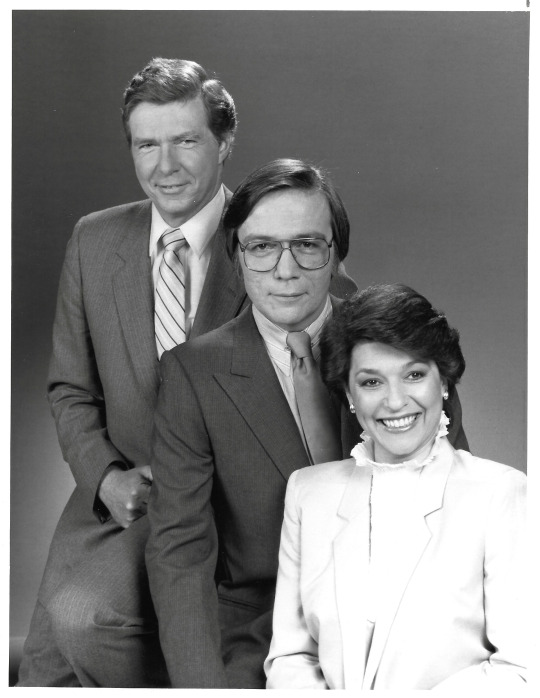
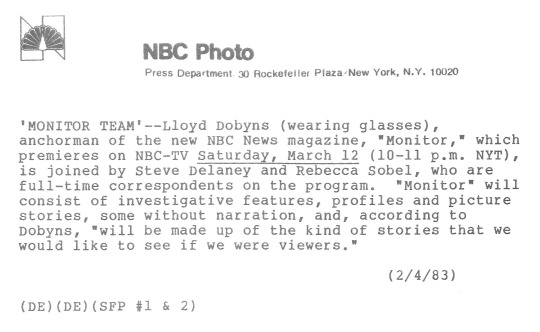
After debuting on Saturdays at 10 in the spring of ’83, NBC’s prime-time newsmagazine Monitor was relaunched in the fall as First Camera, now airing Sundays at 7 opposite CBS’s 60 Minutes, the highest-rated program of the ’82-’83 season.
First Camera was canceled the following spring.
0 notes
Photo
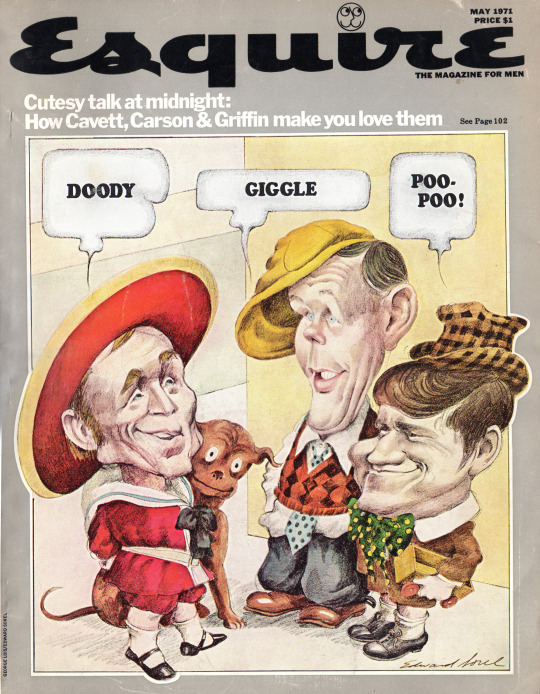
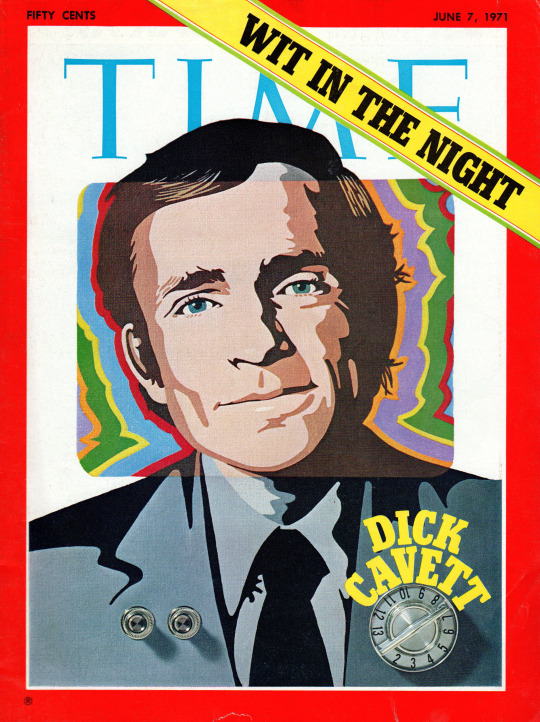
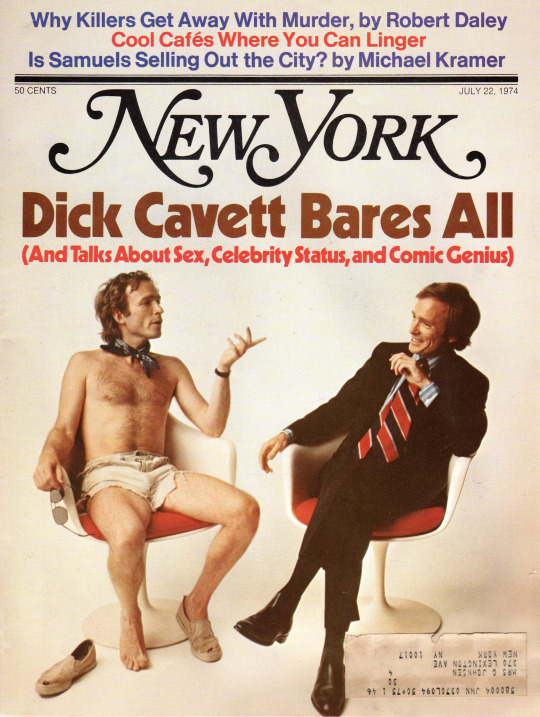
The Dick Cavett Show was part of ABC’s late-night lineup from December 29, 1969, to January 1, 1975.
3 notes
·
View notes
Photo
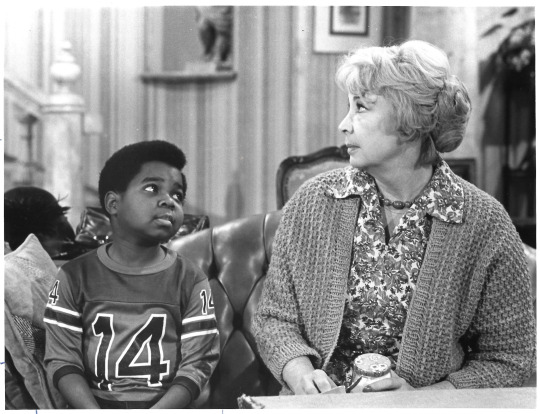
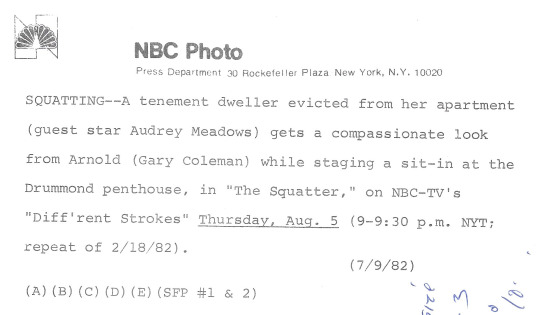
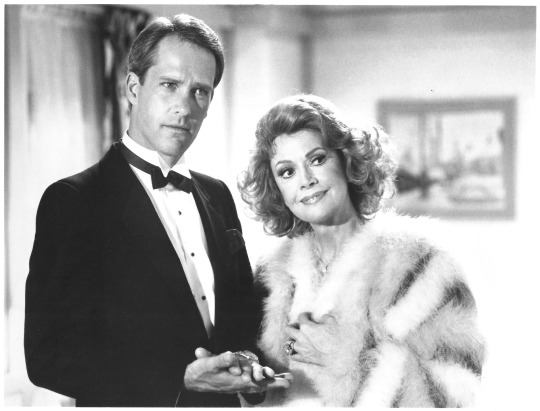
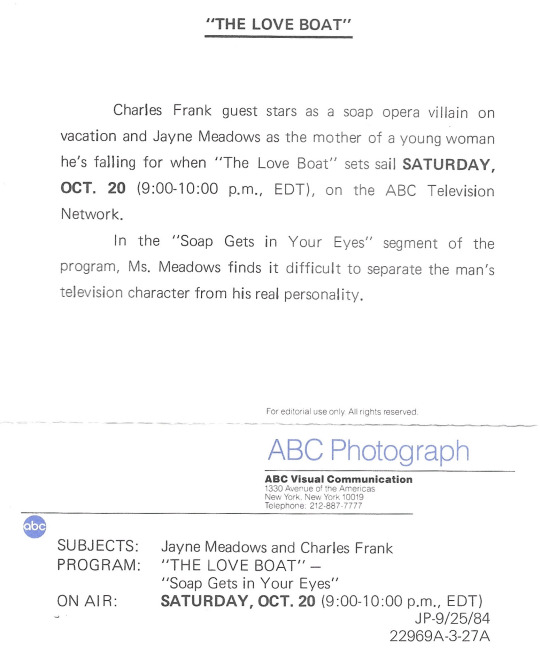
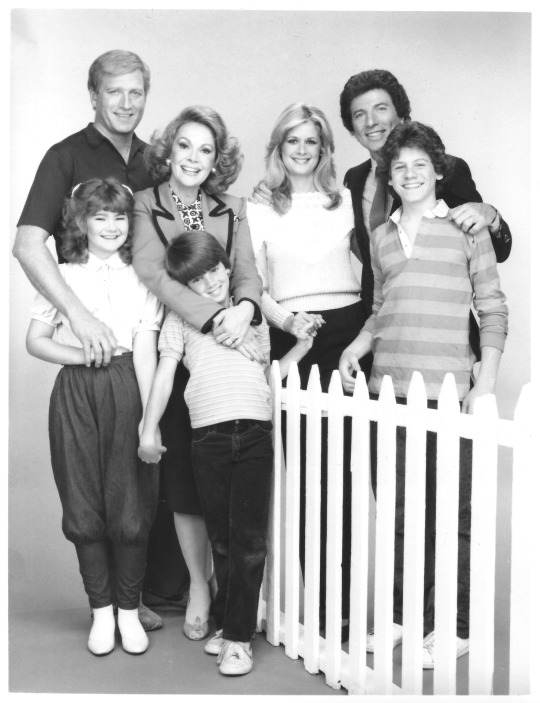
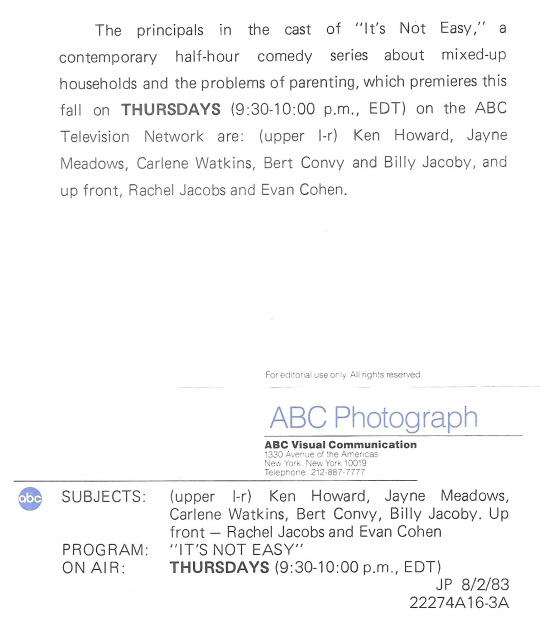
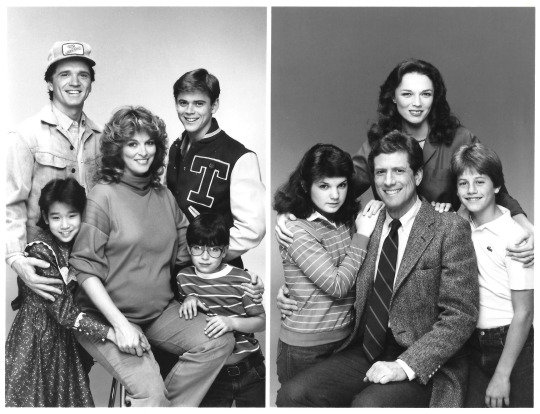


Unlike Jose Ferrer and Mel Ferrer, Audrey Meadows and Jayne Meadows were related — Audrey, best known for her role as Alice Kramden on The Honeymooners (CBS, 1955-’56), was Jayne’s younger sister.
Both made appearances on network series in the ’70s and ’80s, including guest-star-filled shows like The Love Boat and Hotel, but Jayne Meadows was also a regular on the short-lived sitcom It’s Not Easy, which ABC canceled after five episodes in the fall of ’83. The series centered on divorced parents, Jack (Ken Howard) and Sharon (Carlene Watkins), who live across the street from each other in order to easily share custody of their two children. The kids reside with Jack and his mother, played by Meadows, while Sharon lives with her new husband, Neal (Bert Convy), and his son from his previous marriage.
Two Marriages debuted on ABC as a summer series a month prior to It’s Not Easy, but the trials and tribulations of its neighboring families — one nuclear (Michael Murphy and Janet Eilber played the parents), one blended (led by Tom Mason and Karen Carlson) — weren’t accompanied by a laugh track. After ten episodes it too was canceled, although teen heartthrob C. Thomas Howell and teen heartthrob in training Kirk Cameron wouldn’t be collecting unemployment checks for long.
One month after Two Marriages aired its final episode, ABC decided to give its “two neighboring families intertwine comedically and/or dramatically” concept one more try with the TV movie Love Thy Neighbor. Turner Classic Movies’s website explains the setup like this: “A serio-comedy casting John Ritter and Penny Marshall as next door suburbanites who overcome their mutual dislike for one another and are drawn into an unlikely affair when his wife runs off with her husband, leaving them to cope with their children and their houses.”
Bert Convy played Marshall’s husband in the film, and one of their sons was played by Bobby Jacoby, the younger brother of Billy Jacoby, Convy’s son on It’s Not Easy. “Jacoby” was a stage name, however; the former child actors have since reverted to using their birth surname, Jayne.
#tv#1980s#abc#nbc#sitcoms#dramas#guest stars#tv movies#audrey meadows#jayne meadows#diff'rent strokes#the love boat#bert convy#penny marshall#john ritter#c. thomas howell#kirk cameron#billy jacoby#bobby jacoby#william jayne#robert jayne
8 notes
·
View notes
